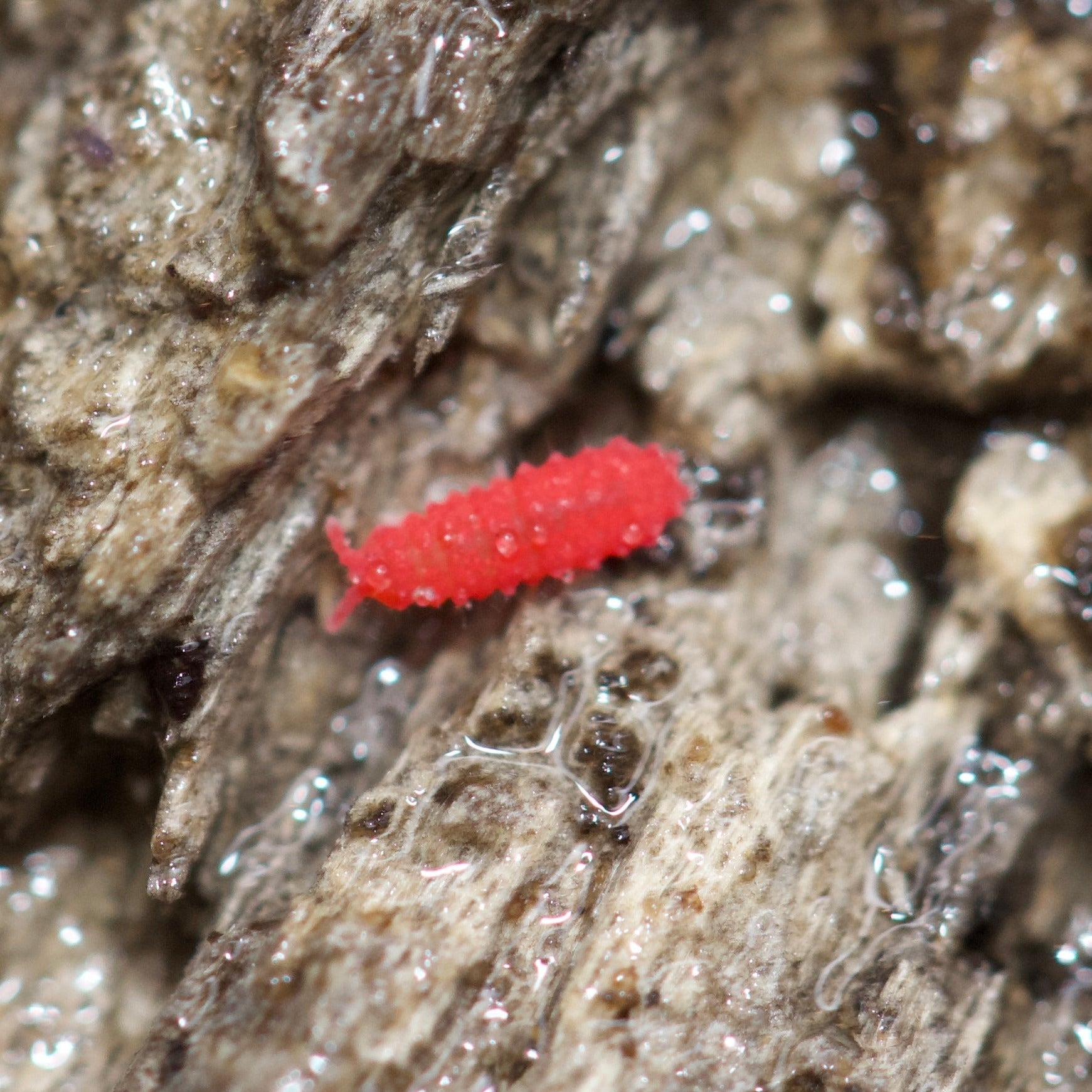In the charming world of microorganisms, Red springtails arise as unsung people, interesting enthusiasts making use of their vibrant hues and interesting behaviors. In that detailed exploration, we explore in to the complexities of those small creatures, shedding mild on the ecological significance and the marvels they carry to the normal world.
Red springtails, clinically known as Collembola, are moment arthropods that fit in with the Hexapoda class. These little organisms, generally measuring between 0.2 and 6 millimeters in total, perform a crucial position in the soil ecosystem. Their unique red color, caused by pigments inside their cuticle, pieces them apart in the fascinating tapestry of nature.

One of the major tasks of red springtails in the environment is land enrichment. These minuscule animals definitely donate to vitamin biking by deteriorating natural subject, facilitating the decomposition process, and enhancing earth fertility. Their constant burrowing and eating actions aerate the land, creating an atmosphere conducive to the development of plants.
Beyond their effect on soil health, red springtails serve as a vital part of biodiversity. Acting as a food supply for various predators, including mites, spiders, and beetles, they sort an essential url in the complicated internet of terrestrial ecosystems. Their existence fosters a fine harmony, ensuring the survival and prosperity of diverse flora and fauna.
Despite their small measurement, red springtails show exceptional behaviors which have caught the eye of scientists and nature lovers alike. One particular conduct is their distinct jumping device, powered by way of a specialized appendage named the furcula. That version enables them to rapidly understand their setting, escaping potential threats and predators.
The capability of red springtails to prosper in several surroundings displays their exceptional adaptability. From forest surfaces to urban gardens, these sturdy organisms have shown their volume to endure varied conditions. Knowledge their versatile systems can provide important insights into broader ecological resilience.
The subject of collembology, focused on the analysis of springtails, has noticed a rise in fascination as analysts realize the ecological significance of these little creatures. Improvements in tiny imaging and molecular methods have permitted scientists to unravel the secrets encompassing red springtails, causing a greater knowledge of their biology and ecological roles.
Despite their resilience, red springtails face threats from various human-induced factors. Habitat destruction, pesticide use, and weather modify present problems to their populations. Recognizing these threats is a must for employing successful conservation methods to preserve the delicate balance they contribute to in the normal world.
In conclusion, the planet of red springtails unfolds as a captivating account of ecological particulars and microscopic wonders. From their vivid red shades for their essential tasks in earth enrichment and biodiversity support, these tiny organisms continue to leave an indelible tag on the organic world. As we delve deeper into the kingdom of collembology, we get not only a clinical knowledge but additionally a profound appreciation for the intricate web of living that these intriguing creatures lead to.
